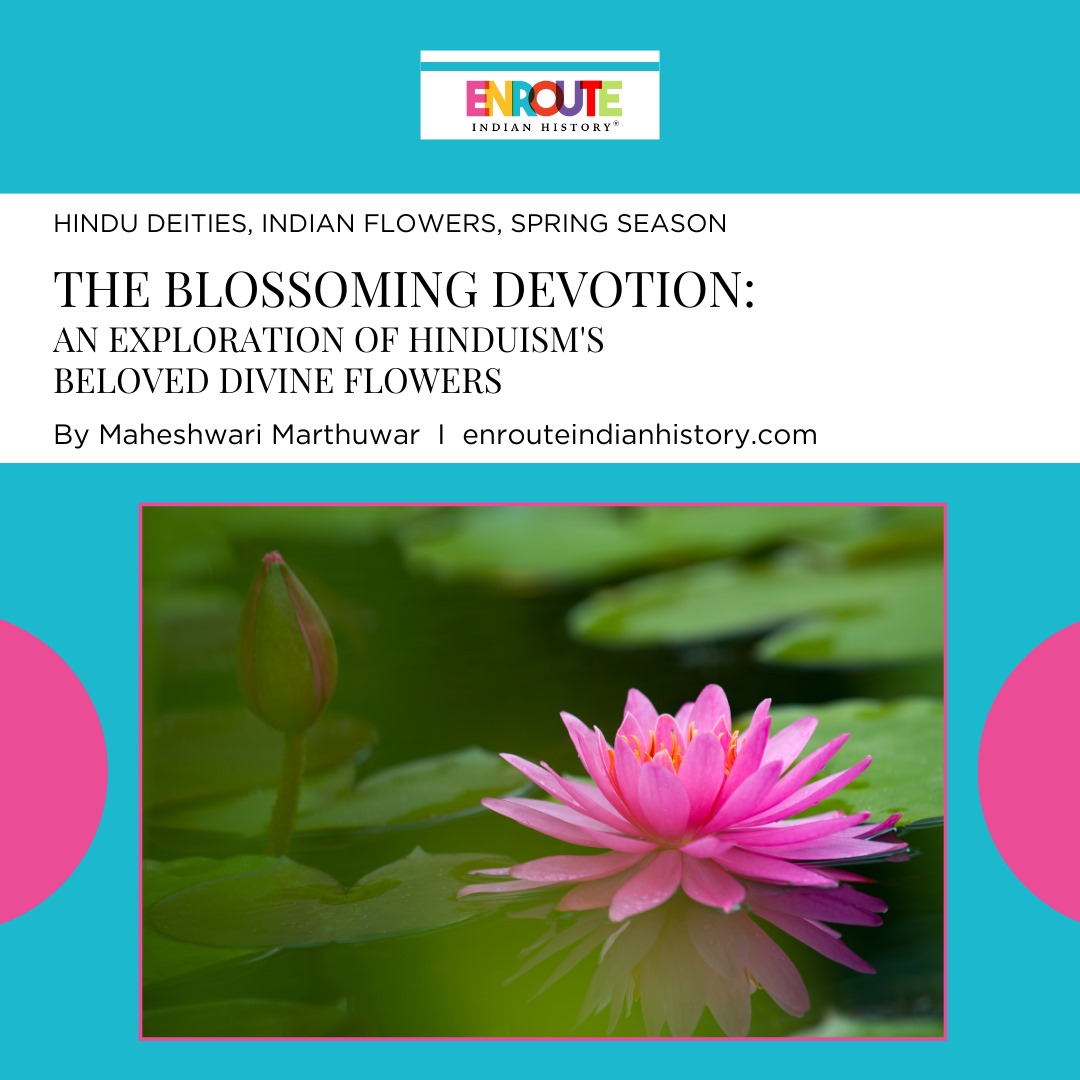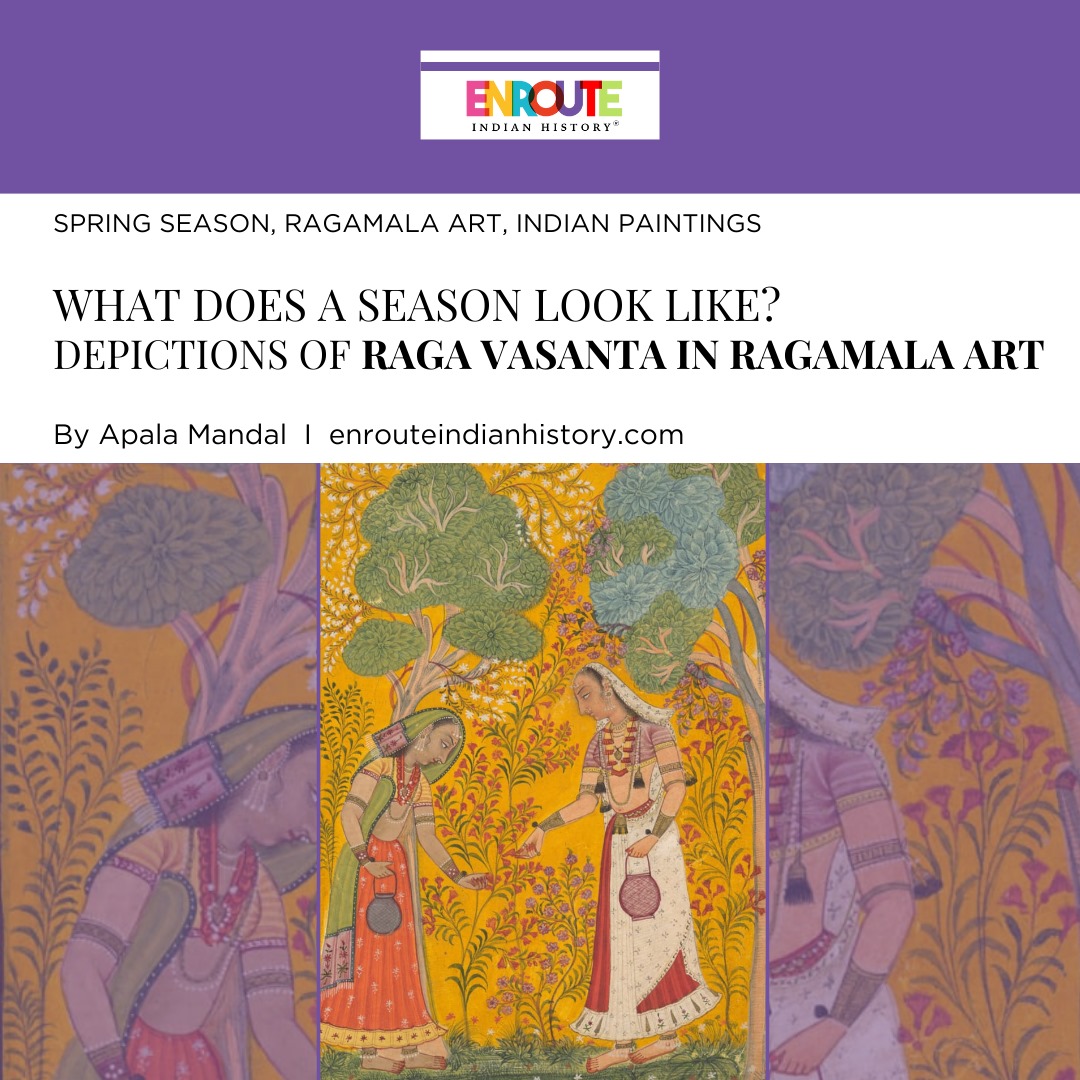
India has copious and prosperous history of literature. Several ancient writers especially Kautilya’s whose work ‘Arthashastra’ is still considered as an enchiridion till this day. The manuscript proves ancient indigenous capacity in the field of economic policy, politics, administration, military strategy, international relations, laws, ethics etc. Apart from this, the manuscript also deals with corruption and its preventive measures, effective management of disasters. This article is a focus on Kautilya’s thoughts on disaster management and their contemporary relevance.
Arthashastra means the science (shastra) of wealth/earth/polity (artha), it is divided into fifteen separate books comprised of about six thousand hymns and is a comprehensive manual on how a state should be ruled by a king and his administration. The book is a masterpiece which covers a wide range of topics like statecraft, politics, strategy, selection and training of employees, leadership skills, legal systems, accounting systems, taxation, fiscal policies, civil rules, internal and foreign trade etc. The scope of Arthashastra, however, far wider than statecraft.
In addition to religious literature promoting the need for harmony between humans and their environment, scholastic and scientific literature in ancient India dealt with aspects of disaster awareness and mitigation. One such example, the Atharva Veda discusses drought mitigation strategies and the Arthashastra, originally a treatise on public administration by Chanakya (also known as Kautilya), has a section on famine relief and mitigation measures. Besides, documented practices like in ‘Arthashastra’ a world-famous book of Kautilya recognized as first known book on political science and public administration, although not a reference under catalogue on environment but depicted several important provisions and guidelines on natural resource management and disaster risk reduction. It held strong attitudes on forests, fauna, town-planning, etc. and have enumerated the clauses on provisions for water management, relief and preparedness.
This book is most secular, realistic and practical in its approach as it was designed to identify the rules and regulations which could be enforced under the law made by emperor. It includes the preservation of environment and ecology. According to Kautilya it is the duty of King to conserve the environment, ecology and other natural resources. He prescribed that suitable trees and plants should be grown to preserve dry lands, emphasized that pasture land should be protected appropriately as it arranged food for cattle. Kautilya was of the opinion that a king should conserve and preserve water reservoirs as it is the most valuable gift of nature to mankind. Residential buildings, roads, commercials, cremation grounds etc. ought to be constructed in such a way that it cannot harm the ecology and doesn’t have any negative effect on biodiversity. As per Mauryan law, every house should have proper provision for controlling fire. In addition to this there must be proper provision in every house for conventional sewage and appropriate methods of removal of garbage and wastes. Any sort of violation of these rules was legally liable to penalty or punishment. Kautilya recommended various penalties and retributions for polluting the surroundings unnecessarily.
Sometimes, damage to ecosystem happens due to natural disasters for which he put forth a disaster management system for the same as all of the hazards can’t be prevented by human endeavour. As per his readings, he identifies eight natural calamities i.e., diseases, famine, fire, flood, rats, serpents, wild animals and evil spirits. Kautilya was quite aware of such natural calamities and their proper management as he said “the loss of the crops is a greater evil than the loss of sowings, as it involves loss of livelihood”. Calamities have been referred as ‘vyasana/vipatti/apatti’ in the manuscript. Yet, the word ‘vyasana’ means something which is caused by ill-fate, one can correlate this with natural disaster but not with man-made occurrences. Furthermore, vyasana has been subdivided as ― Daivam (natural) and Manusam (man-made). Daivam (means divine) is indeed a befitting word used for indicating calamities caused by natural agents. Often, we see in manuscripts, natural disasters were considered as ‘Act of God’; Western scholars believed in this theory too. Astrological or supernatural forces were held accountable for most of the natural catastrophic phenomena.
Eight types of natural calamities have been identified by Kautilya―fire (agni), flood (udaka), epidemics (vyadhi), famine (durbhiksha), rats (musaka), beasts (vyala), snakes (sarpa) and demons (rakshasa). These eight vyasana or disasters cannot be administered or controlled, but for manusavyasana, misfortune and mankind are responsible which somewhat could be altered with appropriate regulations and conservation methods as opined by the great philosopher, Kautilya. A set of strategies were formulated to avoid such disasters, for example, to avoid fire breakouts he suggested that families should cook outside during the hot season, roofs and mats should not be made up of grass, and availability of water at every crossroads, gates, and significant royal offices. Alongside the perils of fire breakouts, other calamities like flood and famine did lurk above the people, hence, villagers were strictly advised not to live in and around water bodies during the rainy season, also expected to build boats, wooden barricades and rescue others as and when needed. Hints about keeping a watch on water levels and issuing warnings for safety protocols were quite evident in the second century manuscript. In order to avoid droughts, the sovereign was expected to set up food banks and provide for the subjects, and in case of failure to do so the subjects were advised to migrate to a better region. Restoration and reinstatement of food grains by sowing to be done at the earliest is also observed as an effective measure to be conducted by the sovereign.
“All such calamities can be overcome by propitiating Gods and Brahmins. When there is drought or excessive rain or visitations of evil, the rites prescribed in the Atharva Veda and those recommended by ascetics shall be performed. Therefore, experts in occult practices and holy ascetics shall be honoured and thus encouraged to stay in the country so that they can counteract the calamities of divine origin”
“Worship with offerings, oblations and recitals of benediction shall be organized on full moon and new moon days”
Howbeit, a shift from practical approach to superstitious beliefs in case of epidemics have been noted in above quotations from the text of Arthashastra, but Kautilya stressed more on implementation of practical measures to safeguard nature.
Though Arthashastra is a compendium of polity, yet environmental methodical management measures put forth by Kautilya cannot be overlooked at all. Modern-day ecological and environmental problems are solved with traditional knowledge of conservation contained in manuscripts. Nonetheless, an insight into environmental knowledge of our forefathers, through ancient primary sources like, Arthashastra in turn ushered us into implementation of sustainable policies for safeguarding our environmental realm.
- March 20, 2024
- 15 Min Read
- March 20, 2024
- 10 Min Read


























